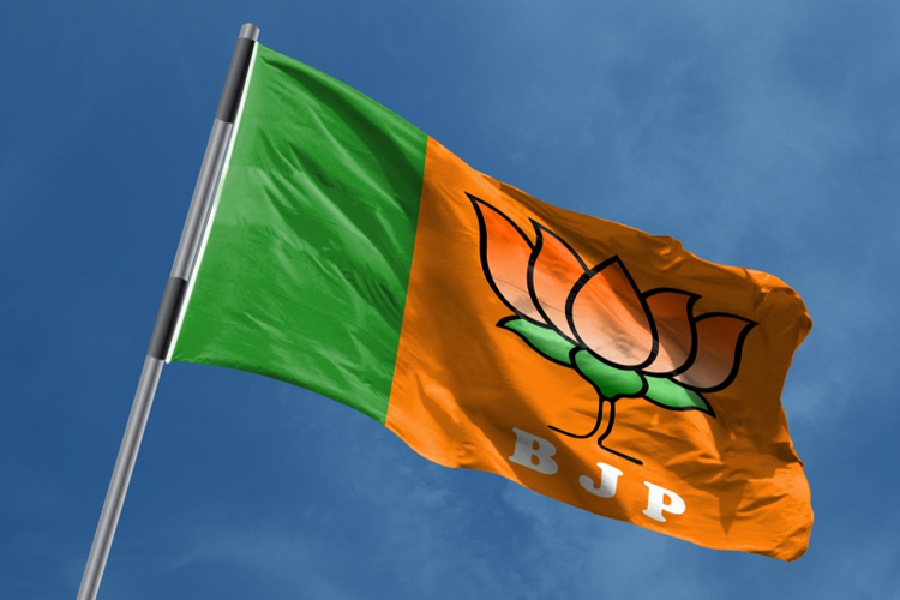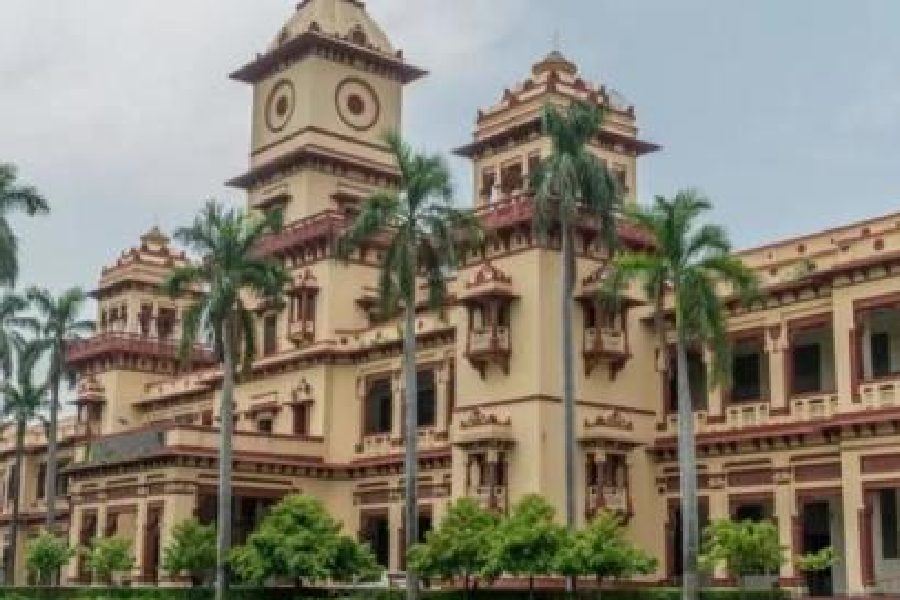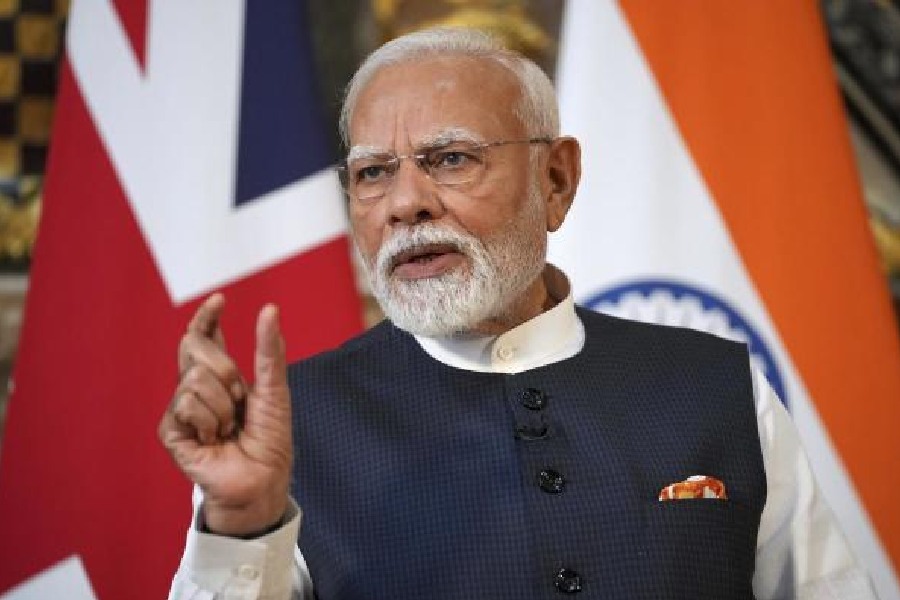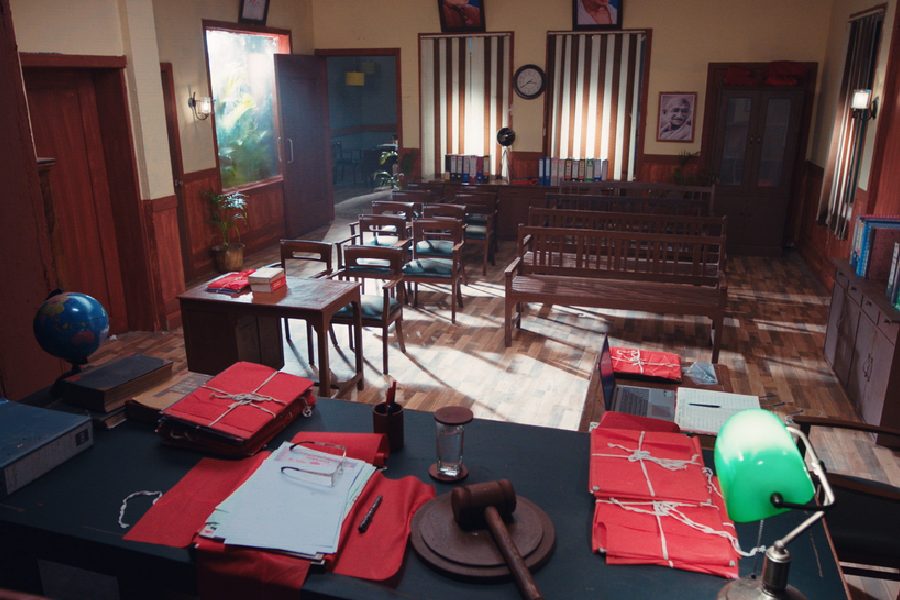|
|
| Elitism or meritocracy? |
In The Karma of Brown Folk, Vijay Prashad examines the “model minority” that many in the south Asian community in the United States of America believe that they belong to. He argues that American Orientalists (including ideologues like the immigrant from Goa, Dinesh D’Souza), have perpetuated the stereotype that south Asian immigrants (unlike the blacks) are a special breed. They are said to “demonstrate the finest qualities of hard work and an impatience to succeed”. He goes on to paraphrase D’Souza as arguing in his book, The End of Racism, that “the oppressive conditions of life among black Americans is more a result of their civilizational collapse than of the persistence” of structures of racial discrimination. Prashad takes the contrary position that this is a false contrast of racial stereotypes. He says that the attainments of Asians in the US “are not caused by natural or cultural selection; rather, they are the result of state selection whereby the US state, through the special-skills provisions in the 1965 Immigration Act, fundamentally reconfigured the demography of south Asian America”.
This argument is not different from the frequently heard assertions that Hindus and particularly Brahmins are superior to others in India because their background of Sanskrit in worship (even in cases when they do not know the language) gives them a strong grounding in logical thought. Other religions and lower castes are said not to have this endowment and hence not to emphasize education. Economic reasons, poorly equipped schools, marginalization of minorities and lower castes and absence of land ownership are not considered as reasons for the difference.
An artificial selection process is now becoming prominent in the admissions to elite schools and universities in the US. A large number of those admitted belong to families with incomes in excess of $ 200,000 per annum. Children from these families have vast sums spent on their special tuitions to help clear the rigorous admissions procedures. Those who cannot afford such tuitions are at a disadvantage unless they are extraordinarily gifted. Many fail to get admission to these elite institutions and end up in those of lower prestige and capability. The US seems to be trying to find a solution to this problem of economic polarity and lack of diversity in admissions. Of course those who do get admitted are assured financial support if they cannot afford the cost. But the real problem is the clearing of the initial hurdle of the admissions process and the unfair advantage for the economically better off.
There are superficial answers as with blacks in the US to the question as to why the young from minority religions (mainly Islam), scheduled and backward castes and tribes in India form such a small proportion in higher and even less in professional education; and especially in the elite IITs, IIMs, regional engineering colleges and the better rated private institutions. Some attribute this to genetic inferiority or even culturally (“many generations involved in learning”) in relation to those who do get admitted. Lack of opportunity, lack of training, cultural and linguistic differences making it difficult to get selected, are probably the more likely causes. We need to provide enough state attention and resources to reduce or remove economic and cultural deprivation before we even investigate the controversial and unproven assertions of genetic differences. It must be the duty of the state to remedy this neglect. That we have been unable to do much almost sixty years after independence reflects poorly on the sensitivity of our democracy.
In the US, blacks are not naturally feckless in not taking to education. It is lack of opportunity and the poor quality of the education that results in this neglect. That is equally true in India where the backward groups make a rational economic choice that earning gainful livings early in life is a superior choice to wasting time on a low quality of education. Consequently their numbers in elite institutions are also low.
Elite institutions are elite because of their strict admissions policies. As meritocracies, they develop tests to ensure that only the best and the brightest are admitted. Like all tests, these tests have built-in cultural biases of language, background, and so on. If the admissions test seeks to moderate through personal interviews the possibility that some might be poor examinees or perform badly at the time of the specific examination, there is still the cultural bias of the interviewer. Candidates from social, economic and cultural backgrounds that are different from that of the examiners will be at a disadvantage. They lack the confidence of belonging to a social and economic class to which most other candidates do. Many concepts that are common to the higher classes are unfamiliar to them. Their confidence is diminished by the differences in language and idiom. These cannot be entirely neutralized.
However there is evidence in the US as in India that affirmative action (reservations) by the state has had beneficial effects and without reducing the standards of the elite institutions. We need also to examine ways in which bright and talented young people from disadvantaged communities can be trained so that they can be successful in the institution that affirmative action gives them admission to. The selections among them for this purpose must be merit based.
Also, the training must be so designed that those selected do not get singled out from the rest and hence regarded as inferior. It must not lead to large numbers under reservation being selected for admission so that the meritocratic nature of the institutions is not violated. Governments and elite institutions must join in this effort in exploring for answers and investing in them.
The furore created by the government over the “high” fees charged to students admitted to IIMs is therefore misplaced. No one disputes that candidates from any background who gain admission can pay whatever fees might be charged. They can borrow the money easily or find scholarships to cover their expenses during the years of their education. They can repay such loans within a few months of finding employment. This is not the case with engineering students (even admitted to IITs) and medical graduates or those who prepare for other professional qualifications. Rarely are they offered highly-paid jobs even before they have completed their education, as are graduates from IIMs and the better-regarded management institutes.
Despite a decade of reform, there are still many who believe in cross-subsidies as the only way to provide support to the disadvantaged. The argument in India has been that those who can afford to pay must be charged higher tariffs and the surplus used to subsidize the disadvantaged. This process has repeatedly caused serious distortions, black markets and corruption wherever it has been applied (foodgrain, sugar, kerosene, textiles, steel, cement).
Cross-subsidies to students who cannot afford the fees must be the responsibility of the government, not of other better-off students or of the institutions. Unequal opportunities in societies can be corrected only by the state. The state must do so through affirmative action and by offering additional help to such disadvantaged people. It is not by differential tariffs for the privileged versus the rest but by positive efforts to correct the disadvantages that the state can correct the inequalities.
The present admissions procedures in professional education and especially the IIMs are skewed to favour those who have social or economic privilege. The state must invest to correct the inadequacies through affirmative action programmes that select and coach these disadvantaged communities.











